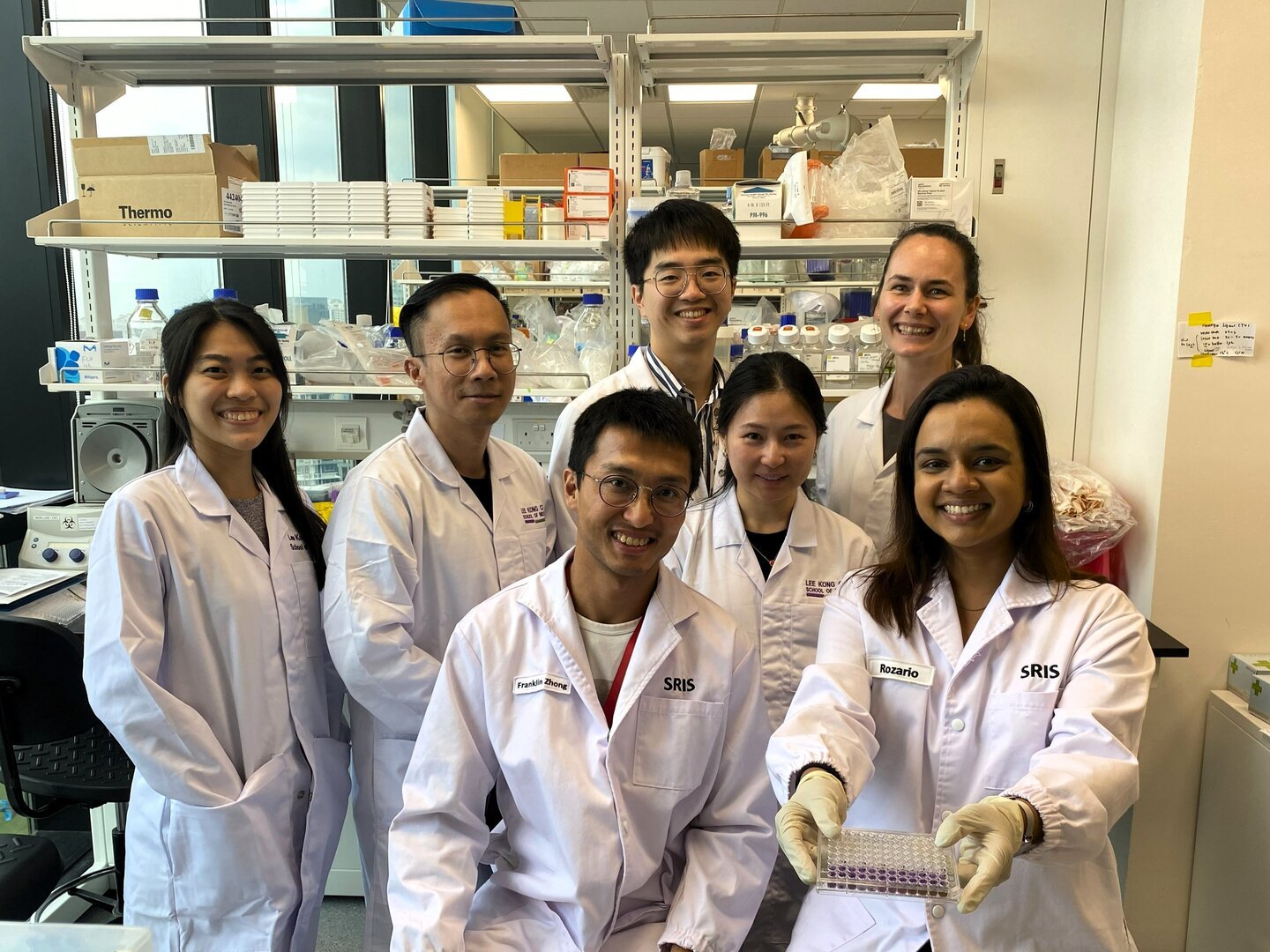SINGAPORE: Researchers from NTU Singapore’s Lee Kong Chian School of Medicine, in partnership with a team from University of Toulouse in France, have unveiled crucial insights into how bacteria and their toxins provoke the human immune response, precipitating inflammation.
This groundbreaking discovery, detailed in the prestigious Proceedings of the National Academy of Sciences (PNAS) journal, sheds light on the intricate mechanisms underlying inflammation’s dual role in fighting infections and contributing to chronic diseases.
Inflammation, a cornerstone of the body’s defense system, plays a pivotal role in combating infections and facilitating tissue repair. However, when inflammation becomes persistent, it can also fuel adverse effects in chronic conditions like heart disease and diabetes.
Moreover, it can serve as a catalyst for autoimmune disorders such as lupus, where the immune system erroneously targets the body’s own tissues, leading to widespread inflammation and organ damage affecting vital systems such as the joints, skin, brain, lungs, kidneys, and blood vessels.
The crux of the researchers’ findings lies in the direct correlation between ionophores—molecules facilitating the movement of ions in and out of cells—and inflammation. Specifically, the study reveals how fluctuations in potassium ion levels within cells trigger an immune response, culminating in the release of potent pro-inflammatory molecules. These molecules not only induce sensations of pain and fever but also contribute to tissue damage inflicted by infections.
While prior research identified the crucial role of the NLRP3 gene in regulating this process within the bloodstream, the current study marks a paradigm shift by uncovering the involvement of a pair of genes—NLRP1 and ZAKα—in orchestrating this immune response within human organs such as the skin, lungs, and nose.
This seminal discovery offers a deeper understanding of the intricate interplay between cellular ion balance and inflammation regulation, potentially paving the way for novel therapeutic interventions targeting chronic diseases and autoimmune disorders.

